About us
We are a team of world leading quantum engineers ready to bring diamond quantum technology from labs to applications.
Diatope GmbH was founded in late 2021 as a spin-off from the Institute for Quantum Optics at Ulm University. We have positioned our startup as a key enabler helping our customers with reliable supply of tailored NV diamond. Our team combines scientific excellence in quantum sensing and quantum computing with unique CVD diamond and color center fabrication technology.

Diatope GmbH
DLR Building 3
Wilhelm-Runge-Straße 10
89081 Ulm
Dr. Johannes Lang, CEO
Team Members

Christoph Findler
Christoph holds a MSc (ETH) degree in materials science from Zürich and is an experienced quantum engineer with deep knowledge in nanoscale quantum charactierzation, engineering and surface science.

Dr. Johannes Lang
Johannes is a technology enthusiast and expert in ion implantation and high temperature treatment of diamond. He is driven by bringing diamond based quantum technology to markets.
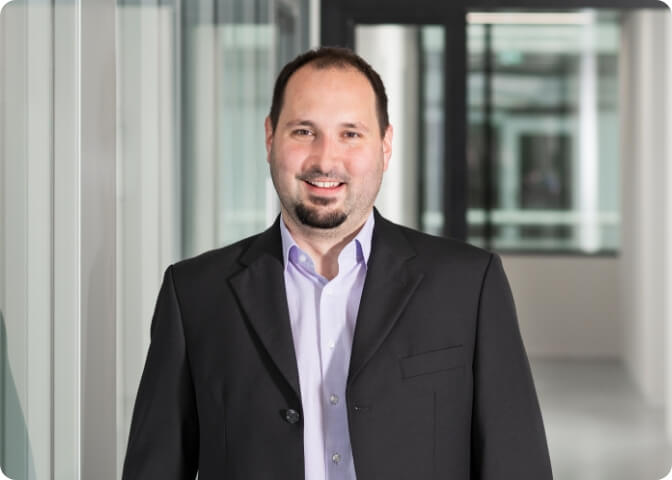
Dr. Christian Osterkamp
Christian holds a PhD in physics and is a renowned expert in CVD diamond growth, color center creation and their characterization via state-of-the-art quantum control techniques.

Yarden Hagian
Yarden holds two Bachelor degrees in chemistry and materials science and engineering from the Tel Aviv University in Israel. She is an expert in semiconductor processing and characterization with a proven track record in high-tech industry.
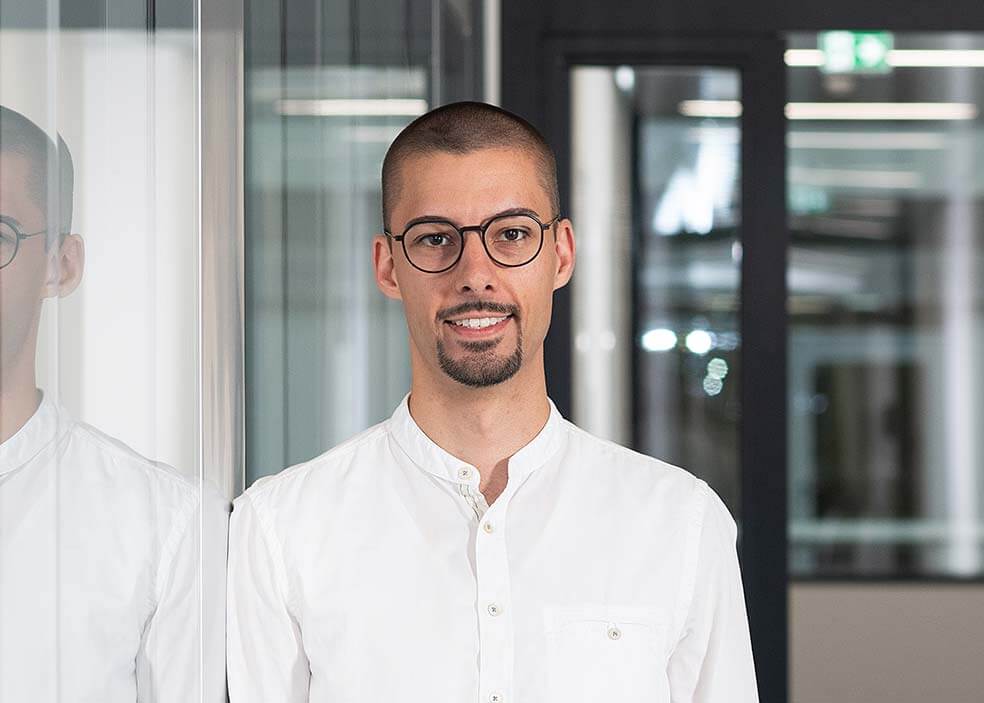
Philipp Vetter
Philipp has over 7 years of experience in diamond quantum technology and is an world leading expert in controlling quantum registers. During his PhD at Ulm University, he conducted experiments towards realization of quantum simulators utilizing NV-13C Qubit registers.

Allegra de Gleria Clark
Allegra completed her Materials Engineering studies at Monash University in Australia and is an expert in NV-diamond characterization and systems engineering. She is passionate about bridging the gap between research and industrial-scale fabrication.
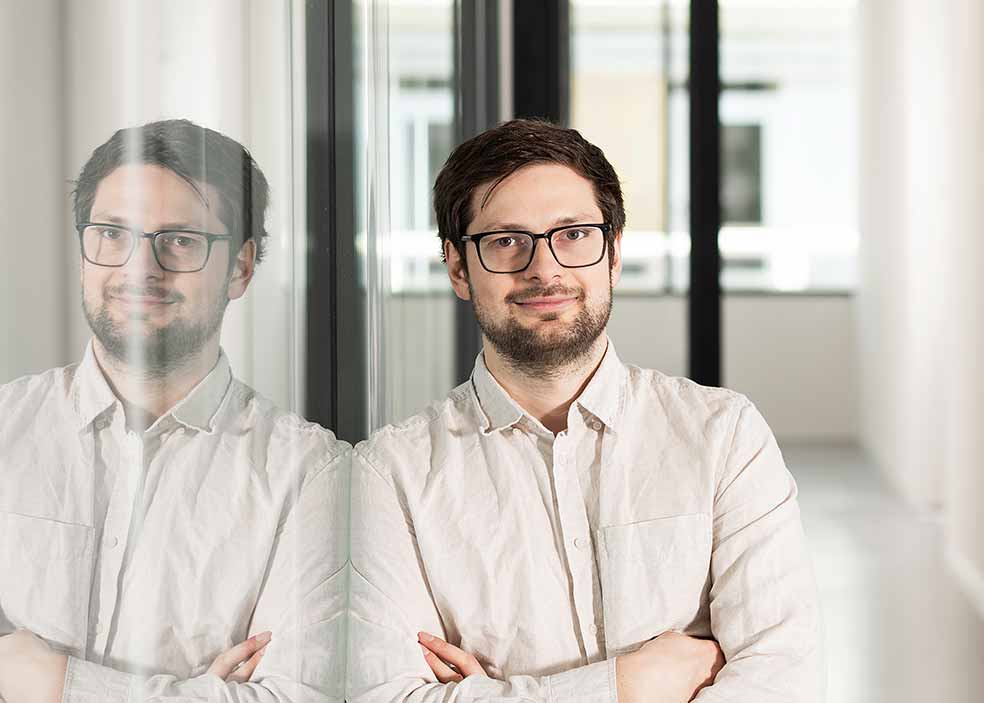
Simon Schmitt
Simon did his doctorate on quantum sensing with color centers where, among other things, he was part of the Qudi software team at the University of Ulm. Beyond that he has almost four years of professional experience in software development.
Our Partners
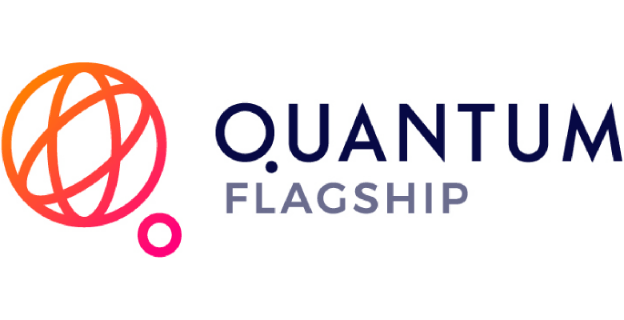
Quantum Flagship
The Quantum Flagship is a large-scale initiative funded at the 1b € level on a 10-year timescale. It consists in a coherent set of research and innovation projects selected through a thorough peer-review process. The goal is to consolidate and expand European scientific leadership and excellence in this research area and to kick-start a competitive European industry in Quantum Technologies.

DLR Quantencomputing-Initiative
The DLR Quantum Computing Initiative will build prototype quantum computers of different architectures within the next four years. In addition, the associated technologies and applications will be developed. Diatope will deliver quantum computing diamonds by controlling the isotopic configurataion of the diamond matrix around the NV centers on the nanoscale.
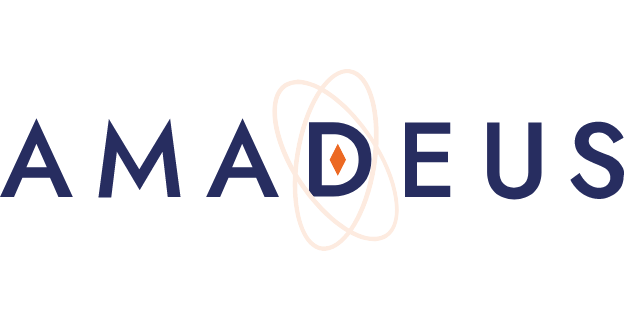
Amadeus
This industry-oriented consortium involves large companies, RTOs, SME’s and academic partners. The project targets the market uptake of quantum sensors exploiting NV centers in ultrapure diamond crystals, one of the most promising and market-ready technology of quantum sensing. Within the AMADEUS project Diatope will deliver isotopically purified diamond films with highly sensitive, shallow NV centers as well as thicker, nitrogen doped, NV rich layers. The development of unique manufacturing processes is driven by the goal of establishing a stable supply of tailored diamond material.
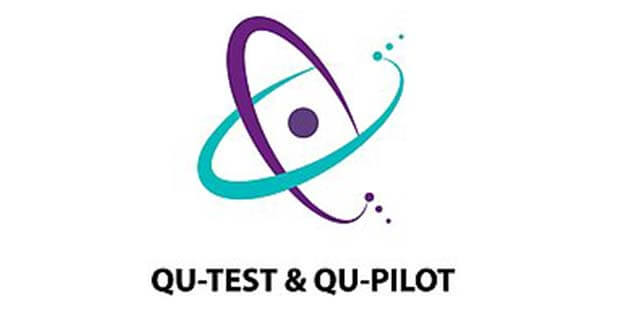
QU-Pilot
This Eu funded research project consists of 21 partners from 9 different countries aiming to develop and provide access to the first, federated European fabrication (production) capabilities for quantum technologies, building on and linking together existing infrastructures in Europe.

European Commission
The European Commission is supporting reserach, development and innovation by providing funding to organizations and consortia conducting research projects driving societal, scientific and technological advancements.

Ulm University
The University of Ulm is a public university located in Ulm, Baden-Württemberg, Germany. It was founded in 1967 and focuses on natural sciences, medicine, engineering sciences, mathematics, economics, and computer science. With 9,891 students (as of summer semester 2018), it is one of the youngest public universities in Germany1. The campus is located north of the city on a hill called Oberer Eselsberg. The university is known for its research and offers a variety of programs.

Quantum Business Network
Quantum Business Network (QBN) is a leading global network that fosters collaboration and growth in the field of quantum technologies.

Quantum BW
Quantum BW is an innovation initiative that brings together scientific and economic expertise in Baden-Württemberg to shape the quantum revolution. It promotes the transfer of quantum technology research into practical applications.
Interested in partnering with us?
FAQs
How can isotopically enriched diamond be produced?
Isotope-enriched diamond is produced using artificial diamond production processes. Typically, these are the high-pressure, high-temperature (HPHT) process and the chemical vapor deposition (CVD) process. The isotope ratio is determined during diamond production and cannot be changed afterwards.
Why do we need isotope-enriched diamonds?
The isotope 13C has a nuclear spin of I=1. In the case of a quantum sensor, this nuclear spin in the diamond leads to interference during the measurement. The absence of this source of interference therefore leads to improved sensitivity. On the other hand, quantum computing relies precisely on these nuclear spins naturally present in the diamond, as they are naturally well shielded against influences from the environment and can therefore be used very well as qubits in quantum computers.
What is isotope-enriched diamond?
The natural occurrence of the carbon isotope is mainly composed of the two classes 12C (98.9%) and 13C (1.1%). This is also found in natural diamonds. In artificially produced (synthetic) diamonds, this ratio can be manipulated to achieve the desired properties for quantum sensor technology (less 13C) or quantum computing (more 13C).